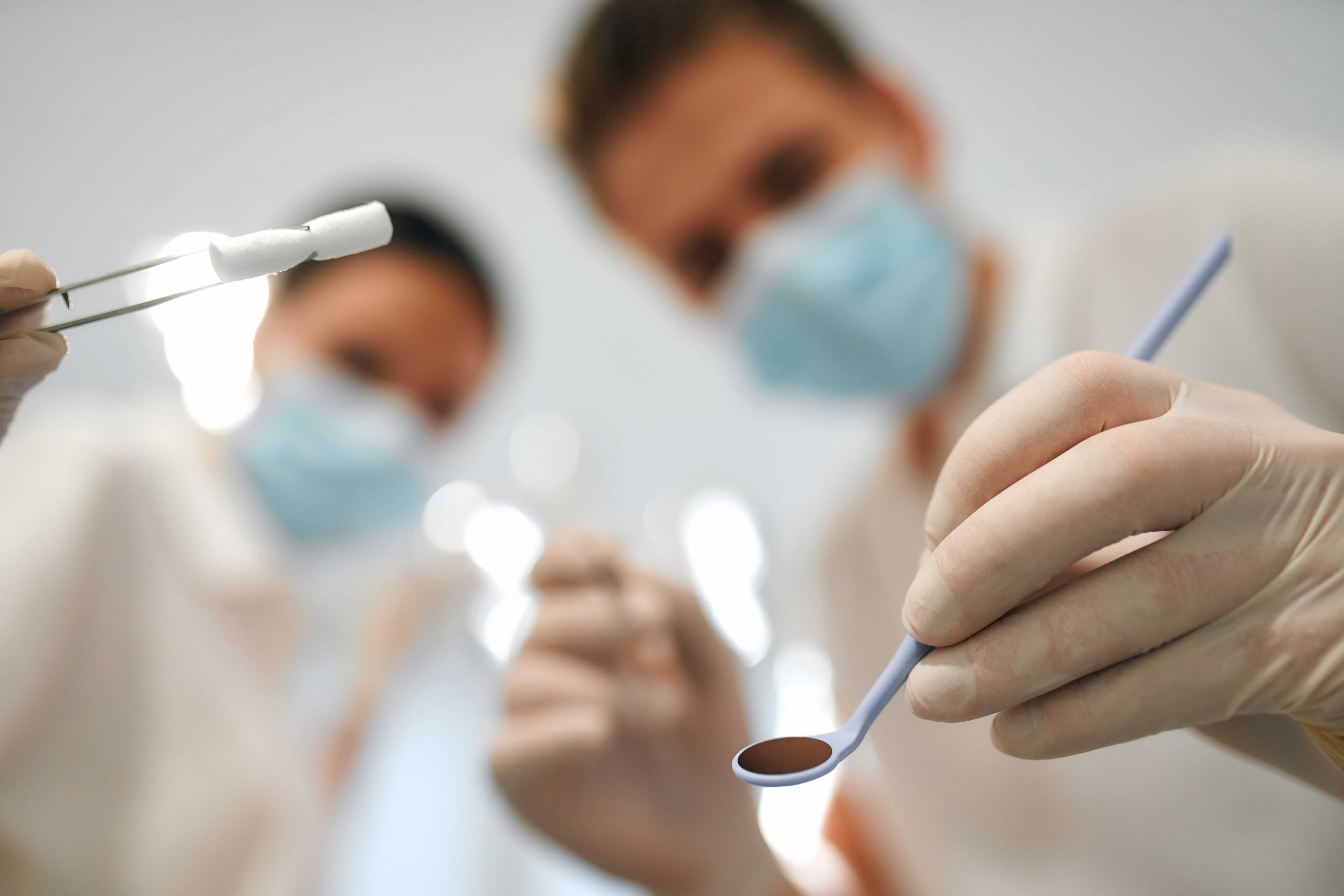Dental bonding is a cosmetic dentistry procedure that involves the application of a tooth-colored resin material to enhance the appearance of teeth. This versatile and non-invasive treatment is commonly used to address a variety of dental issues, including chipped or cracked teeth, discoloration, gaps between teeth, and minor misalignments. The bonding process starts with the dentist preparing the tooth surface and applying a conditioning liquid to facilitate the adhesion of the resin. The soft, putty-like resin is then meticulously shaped and molded directly onto the tooth before being hardened with a special curing light. Once the bonding material is set, the dentist further refines and polishes it to seamlessly blend with the natural teeth, creating a more aesthetically pleasing and uniform smile. Dental bonding is a cost-effective and efficient solution for improving the cosmetic appearance of teeth with relatively minimal tooth alteration.
What is dental bonding, and how does it differ from other cosmetic dentistry procedures?
Dental bonding is a cosmetic dentistry procedure that involves the application of a tooth-colored resin material to enhance the appearance of teeth. It is commonly used to address various dental issues, including chipped or discolored teeth, gaps, and minor misalignments. The process entails the dentist preparing the tooth surface, applying a bonding agent, and then sculpting and molding the soft resin directly onto the tooth. A special curing light is used to harden the material, and the dentist further refines and polishes it to achieve a natural look.
Dental bonding differs from other cosmetic dentistry procedures in its application and purpose. Unlike veneers or crowns, which are fabricated in a dental laboratory, bonding is typically done directly in the dental office, often in a single visit. While bonding is effective for addressing minor cosmetic issues, it may not be as durable as alternatives like veneers or crowns. Additionally, bonding is a more conservative option, involving minimal removal of tooth enamel, making it suitable for certain cases where preserving natural tooth structure is crucial. The choice between bonding and other procedures depends on the specific cosmetic concerns and the desired outcome for each individual case.
Can dental bonding fix chipped or discolored teeth effectively, and what is the longevity of the results?
Yes, dental bonding is an effective cosmetic dentistry solution for addressing chipped or discolored teeth. The process involves applying a tooth-colored resin material directly to the affected tooth, allowing the dentist to reshape and restore its appearance. Bonding is particularly useful for minor cosmetic issues, providing a relatively quick and non-invasive solution.
Regarding the longevity of results, dental bonding is durable but may not last as long as some alternative treatments like veneers or crowns. The lifespan of bonding can vary based on factors such as the location of the bonded tooth, the patient’s oral hygiene practices, and their dietary habits. On average, dental bonding can last several years before requiring touch-ups or replacements.
It’s important to note that while bonding is a cost-effective and efficient solution, it may be more prone to staining and chipping compared to materials like porcelain used in veneers. Regular dental check-ups and proper oral care, including avoiding habits that can put excessive pressure on the bonded teeth, can contribute to prolonging the longevity of the results. Patients should consult with their dentist to determine the most appropriate cosmetic solution based on their specific needs and expectations.
Is the bonding process painful, and what can patients expect during and after the treatment?
The dental bonding process is typically not painful, as it is a minimally invasive and straightforward procedure. Most patients do not require anesthesia for bonding unless the treatment involves addressing a decayed tooth or if there is a need to remove a small amount of enamel for better adhesion.
During the bonding procedure, the dentist will first prepare the tooth surface by roughening it slightly and applying a conditioning liquid to facilitate the bonding process. The soft, putty-like resin material is then applied, molded, and shaped directly onto the tooth. A special curing light is used to harden the resin quickly. The entire process is generally well-tolerated, and patients often experience minimal discomfort.
After the bonding treatment, patients can expect immediate improvements in the appearance of the treated tooth. It is advisable to avoid consuming staining substances such as coffee, tea, and tobacco for the first 48 hours to prevent discoloration of the bonding material. While dental bonding is durable, patients should be mindful of avoiding habits like biting on hard objects or using teeth to open packages to prevent chipping.
Patients might experience some sensitivity after the procedure, but this is typically mild and temporary. If there is any persistent discomfort, it is essential to contact the dentist for further evaluation. Regular dental check-ups and good oral hygiene practices will contribute to the long-term success of the bonding treatment.


